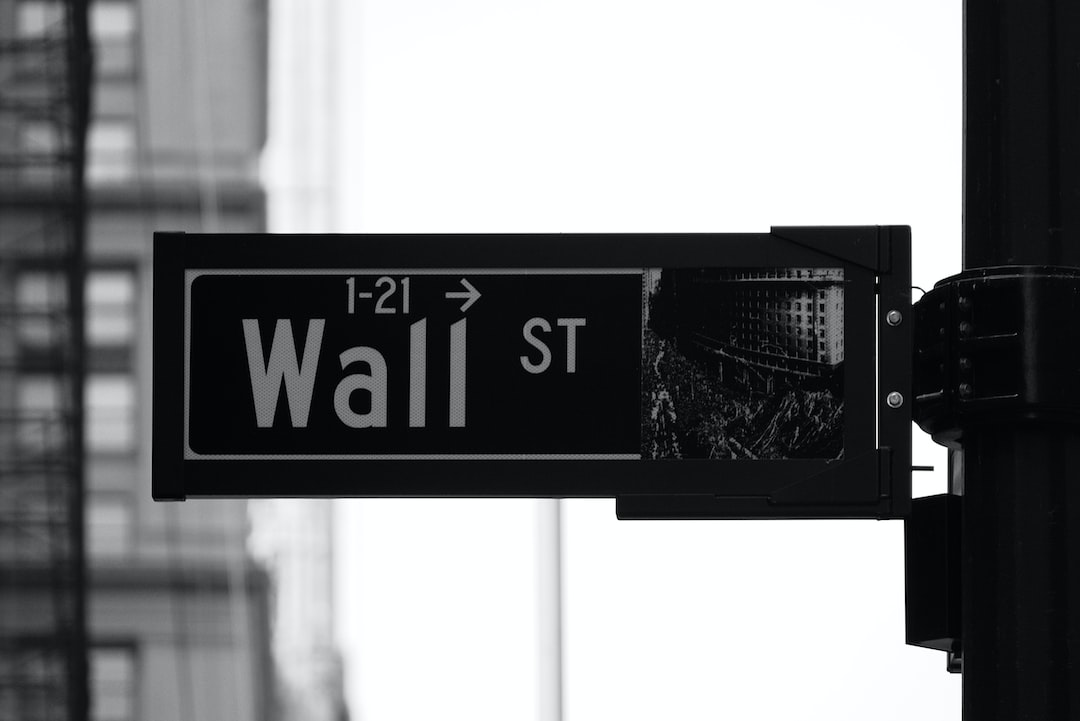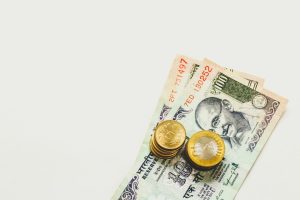The forex market is the largest and most liquid financial market in the world, with a daily trading volume of over $5 trillion. Banks are among the major players in the forex market, and their participation can have a significant impact on currency exchange rates. As such, it is important for traders to have a good understanding of how to identify when banks are entering the forex market.
Banks participate in the forex market for a variety of reasons, including hedging against currency risk, facilitating international trade, and generating profits through currency trading. Banks typically have access to deep liquidity and advanced trading technology, which enables them to execute large trades quickly and efficiently.
One of the main ways to know when banks are entering the forex market is by monitoring economic indicators and news releases. Banks and other institutional investors closely follow economic data releases such as GDP, inflation, and employment figures, as these can have a significant impact on currency exchange rates. For example, if a country’s GDP growth rate exceeds expectations, the currency may appreciate as investors become more optimistic about the country’s economic prospects. Similarly, if inflation exceeds expectations, the central bank may raise interest rates, which can attract foreign investment and strengthen the currency.
Another way to identify bank activity in the forex market is by monitoring trading volumes and price movements. Banks typically trade in large volumes, which can cause significant price movements in the forex market. Traders can use technical analysis tools such as volume indicators and price action to identify when banks are entering or exiting the market. For example, if trading volumes increase significantly and the price of a currency pair starts to move sharply in one direction, it may indicate that a large bank or institutional investor is buying or selling that currency.
In addition to monitoring economic indicators and price movements, traders can also use news and social media to identify bank activity in the forex market. Many banks have dedicated research teams that analyze market trends and provide regular updates to clients and investors. Traders can follow these updates and use them to identify potential trading opportunities. Similarly, social media platforms such as Twitter and LinkedIn can be used to track the activities of individual traders and investors, including banks and other institutional players.
Finally, traders can also use order flow analysis to identify bank activity in the forex market. Order flow analysis involves tracking the flow of buy and sell orders in the market to identify potential trading opportunities. Banks and other institutional investors typically trade in large volumes, which can create significant liquidity imbalances in the market. Traders can use order flow analysis tools to identify these imbalances and potentially profit from them.
In conclusion, identifying when banks are entering the forex market is an important skill for traders looking to profit from currency trading. By monitoring economic indicators, trading volumes, news and social media, and order flow analysis, traders can gain a better understanding of bank activity in the forex market and potentially profit from it. However, it is important to remember that forex trading is inherently risky, and traders should always use risk management strategies to protect their capital.





